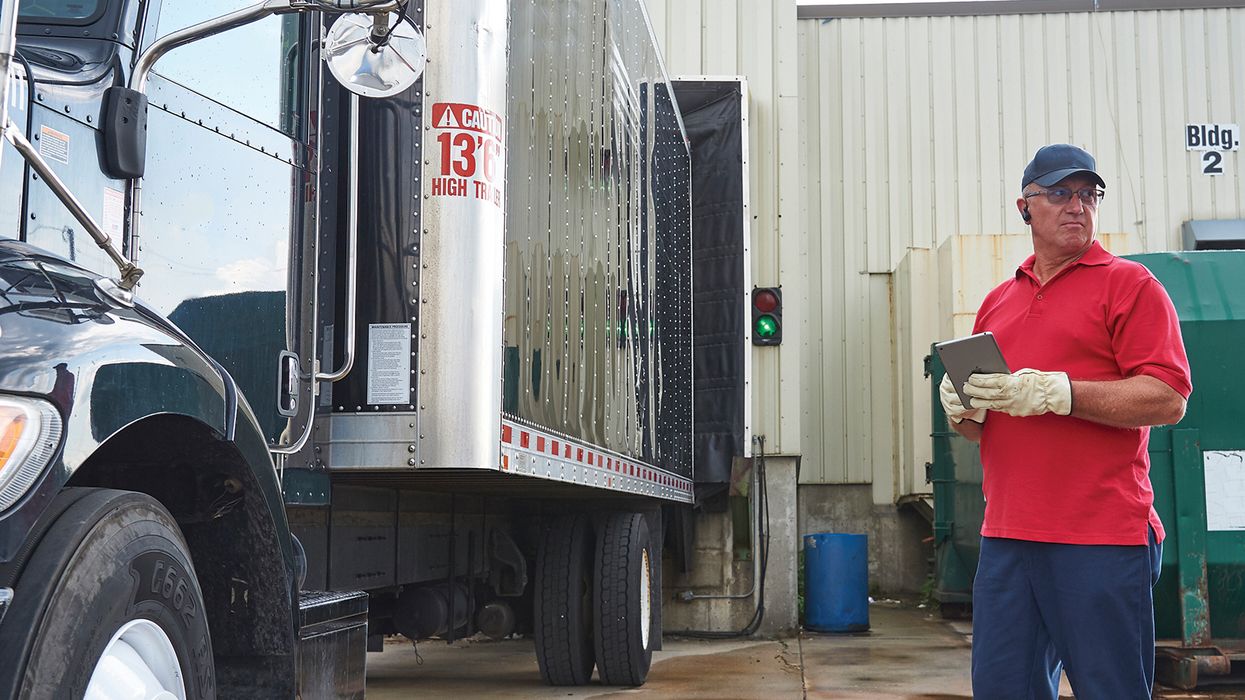3 proven tips to improve CSA metrics
The Commercial Vehicle Safety Alliance (CVSA) just released the 2023 results from the May 16-18 Roadcheck event, and 81 percent of the commercial motor vehicles inspected received at least one out-of-service violation. To put that in perspective, more than 17,000 vehicles were removed from service because of a significant violation.
Many carriers struggle to understand how roadside inspections affect their CSA scores. Follow along for best practices and tips to reduce your CSA (Compliance, Safety Accountability) scores.
#1 Understand CSA scores
The first step is understanding your CSA scores and what they mean. CSA is the safety compliance and enforcement program of the Federal Motor Carrier Safety Administration (FMCSA) that holds motor carriers and drivers accountable for their role in safety. FMCSA updates the internal Safety Measurement System (SMS) once a month with data from roadside inspections, including driver and vehicle violations, and crash reports from the last two years. Carriers that have a similar number of crashes or inspections are grouped together and assigned a percentile for each of the seven Behavior Analysis and Safety Improvement Category (BASIC) categories. SMS data includes:
- Number of safety violations and inspections,
- Severity of safety violations or crashes,
- When safety violations occurred (recent events weighted more heavily),
- Number of trucks and/or busses a carrier operates and the number of vehicle miles traveled, and
- Acute and critical violations found during investigations.
Carriers should be diligent when reviewing roadside inspection data in the CSA portal to identify negative trends and prevent subsequent violations. A carrier’s score is based on performance data of its drivers, including roadside inspection violations that have been determined to contribute to causing a crash. Low scores typically indicate high safety standards, so make sure that your drivers and management teams receive frequent updates.
| Please view the CSA ezExplanation for additional information. |
#2 Conduct mock roadside inspections
To ensure that drivers fully understand what is expected of them during a roadside inspection, consider conducting a mock roadside inspection at your terminal. This is a great opportunity for safety teams to educate drivers and management, since many new drivers have minimal experience interacting with law enforcement on the roadside. Conducting a safety blitz will provide drivers — especially new drivers — with the knowledge and confidence needed to obtain clean inspections.
After conducting your safety blitz, it is important to evaluate and share the data. If your company has a monthly newsletter, ensure that the communications team is aware. This is a great opportunity to speak about CSA improvements and driver engagement.
#3 Collaborate with law enforcement
Many safety departments consist of retired or former law enforcement officers. Consider inviting uniformed officers to your facility during monthly safety meetings to speak about the various CSA BASICs and how successful carriers stay compliant. The collaboration between drivers and law enforcement creates a dynamic learning environment. Education drives compliance and eliminates CSA violations.
Key to remember: Understand which roadside violations are creating problems for your organization and educate drivers through on-site exercises using a mock inspection process.


















































